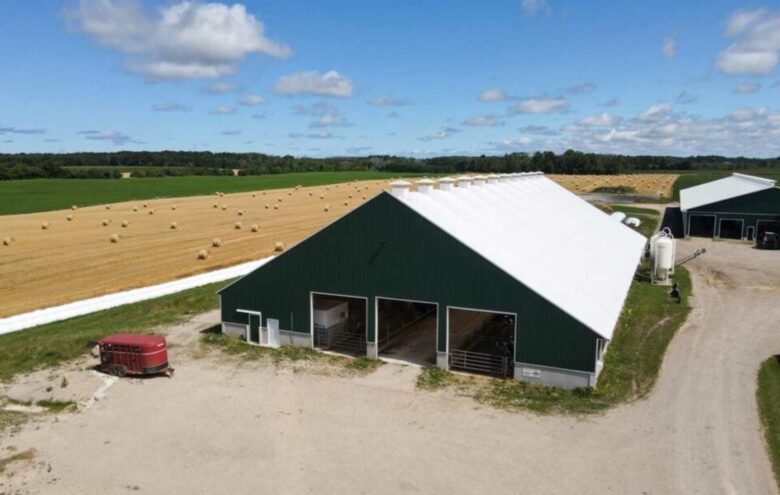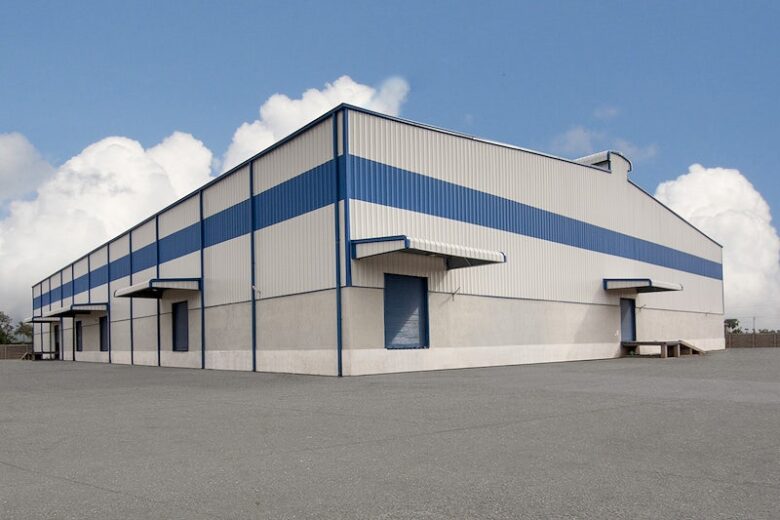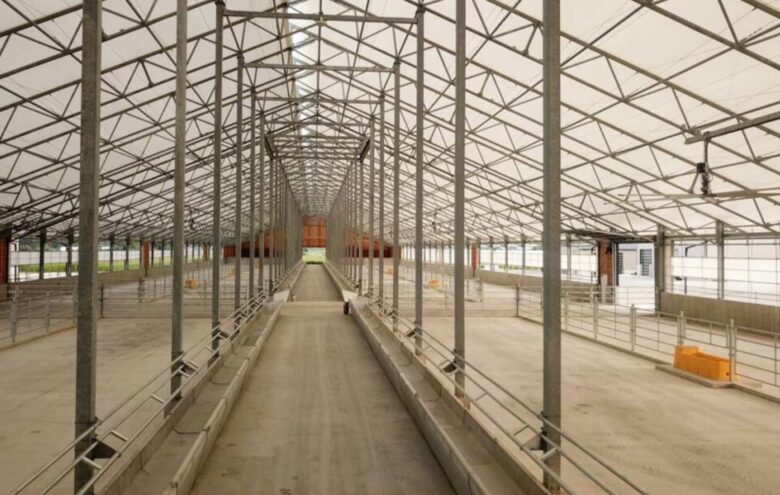Imagine stepping into a space where the boundaries between the indoors and the natural world are blurred. This is the biophilic design in fabric structures, a concept that merges the beauty of nature with the innovation of modern architecture. It’s more than design, it’s a commitment to flexible and sustainable spaces. Let’s check the details.
Contents
What is a Biophilic Design?
Biophilic design is a way of designing buildings and spaces to connect people with nature. It is about bringing natural landscape features, ventilation, lighting, and other elements to create a healthy environment.
This design style is built on the idea that people naturally feel good when they’re close to nature. When we bring elements of nature into our buildings, it can make us feel better, both in our bodies and minds. This type of design is not just about putting a few plants in a room or using wood and stone. It’s about creating spaces that make you feel like you’re in touch with nature in many ways. This could mean designing a room that lets in lots of natural light, using materials that feel natural to the touch, or including features like water fountains that bring the soothing sounds of nature indoors.
In simple terms, biophilic design is all about making spaces that feel more natural, alive, and connected to the outdoors.

Source: britespanbuildings.com
Fabric Structures for Biophilic Design
Using fabric structures for biophilic design makes a lot of sense because these structures are like a perfect canvas for blending nature with our living spaces. The material is flexible and easy to work with, allowing architects to create shapes that feel natural and flowing. This means we can have big windows for sunlight, add plants in smart spots, and even have parts of our living or working areas open to the outdoors.
The fabric is light, which is good for the environment because it means less heavy stuff in construction. It also lets natural light come through, making spaces feel bright and cozy without using a lot of electricity. Plus, we can easily add eco-friendly features like collecting rainwater or using solar panels.
Choosing fabric structures for biophilic design is about creating spaces that make us happy and are good for the environment.
Maintaining the Steel Building in Biophilic Fabric Structures
Steel is often used in biophilic fabric structures for its strength and versatility. Regular checks for rust, protective coatings, and attention to humidity and temperature are essential for maintaining steel buildings. When using steel in biophilic designs, it’s important to make sure it complements the natural elements visually, improving the overall experience. Regular maintenance ensures that steel-framed biophilic fabric structures remain sturdy and attractive over time.

Source: vodsteelbuildings.com
The Benefits of Biophilic Design in Fabric Structures
Here are the benefits these designs have:
- Sustainability: The use of fabric structures in biophilic design is not just aesthetically pleasing but also environmentally sustainable. These structures are often made from recyclable or eco-friendly materials, reducing the carbon footprint of buildings.
- Easy Installation: Their lightweight design minimizes the need for extensive foundations, further reducing their environmental impact. The incorporation of biophilic elements such as living walls or green roofs also contributes to energy efficiency, air purification, and improved biodiversity in urban areas.
- Well-being Boost: When we design places with lots of natural light, it’s not just about brightness – it actually makes us feel better. Think big windows and openings that let sunlight in, creating a cheerful vibe and lifting our spirits. Adding plants isn’t just for looks, they do wonders for our mood. Plants clean the air, help us relax, and even make us more productive. Whether it’s a small potted plant on your desk or green corners in shared spaces, bringing in nature makes everything feel calmer and fresher.
- Community and Social Aspects of Biophilic Design: Biophilic design also plays a significant role in encouraging community and social interaction. Fabric structures designed with biophilic principles often become communal spaces, encouraging social interaction and a sense of community. They can serve as public gathering spaces, educational environments, or simply as areas for relaxation and enjoyment, all while promoting a deeper connection with nature.
Challenges and Considerations in Implementing Biophilic Design in Fabric Structures
While the integration of biophilic design in fabric structures offers numerous benefits, it comes with its set of challenges and considerations. Addressing these aspects is crucial for ensuring the successful implementation and long-term effectiveness of biophilic design principles.
- Site-Specific Adaptation: One challenge involves adapting biophilic design to specific sites and climates. The natural elements that work well in one location might not be suitable for another. Architects and designers need to carefully consider the local ecosystem, climate, and available sunlight to create a harmonious integration of nature within the fabric structure.
- Maintenance and Longevity: Maintaining the vibrant and lush features of biophilic design requires ongoing care. This includes tending to plants, ensuring proper irrigation systems, and addressing any wear and tear on fabric elements. Sustainable maintenance practices are essential to preserve the longevity and effectiveness of the biophilic features, ensuring they continue to positively impact well-being and sustainability.
- Cost Considerations: While the long-term benefits of biophilic design are significant, the initial costs of implementing such features, especially in fabric structures, can be a concern. Balancing the upfront investment with the long-term gains in terms of well-being, energy efficiency, and environmental sustainability requires careful financial planning.

Source: britespanbuildings.com
The Future of Biophilic Design in Fabric Structures
Looking towards the future, the potential for biophilic design in fabric structures is boundless. As we continue to face environmental challenges and the stresses of urban living, these designs offer a beacon of hope. They represent a shift towards more sustainable, health-focused, and nature-integrated architecture. The ongoing innovation in materials and design techniques will only expand the possibilities, making biophilic design an essential component of future architectural projects.
In conclusion, the integration of biophilic design in fabric structures presents a compelling blend of aesthetics, sustainability, and well-being. Challenges exist, but as we innovate, we move towards a future where our built spaces seamlessly blend with the natural world, encouraging harmony and sustainability.
